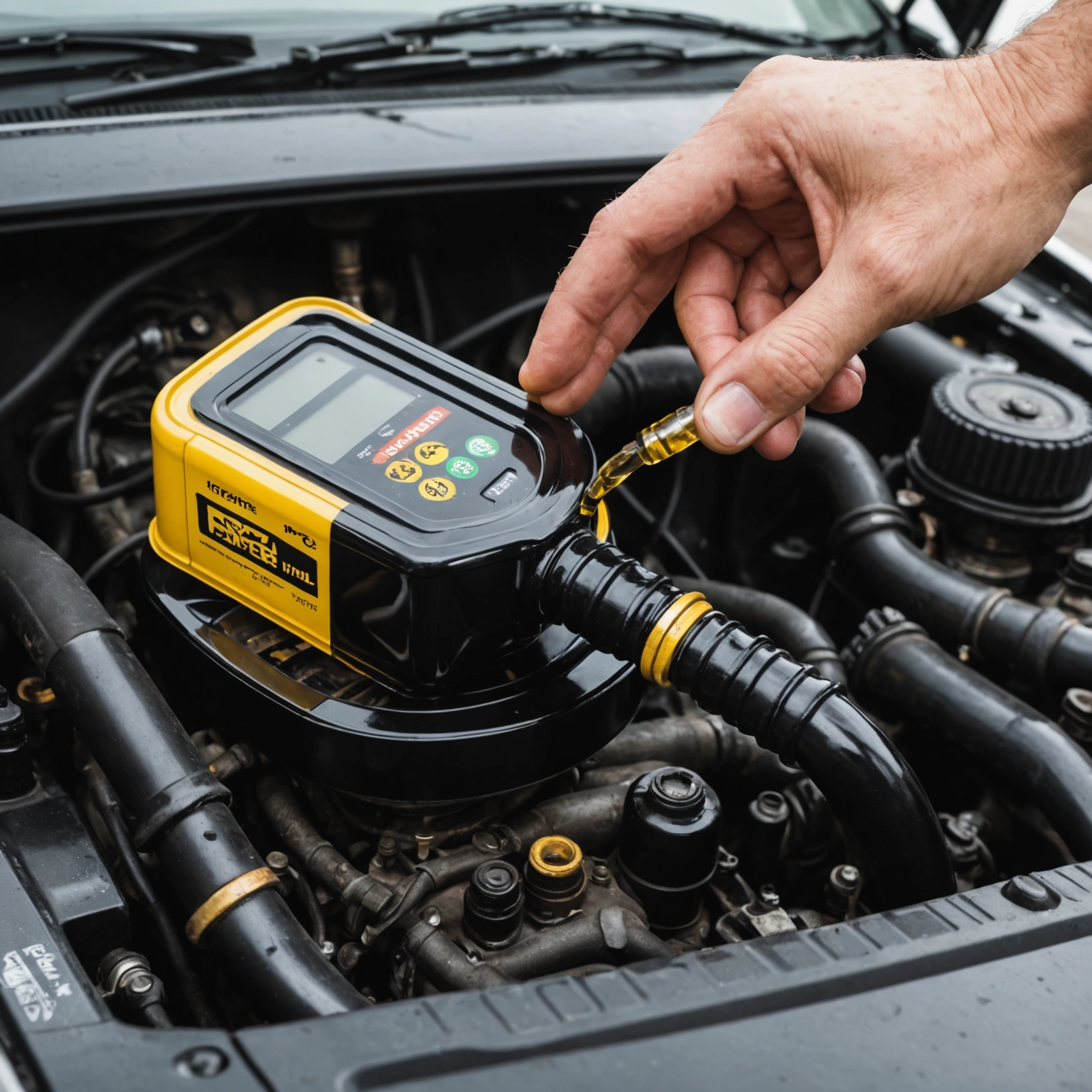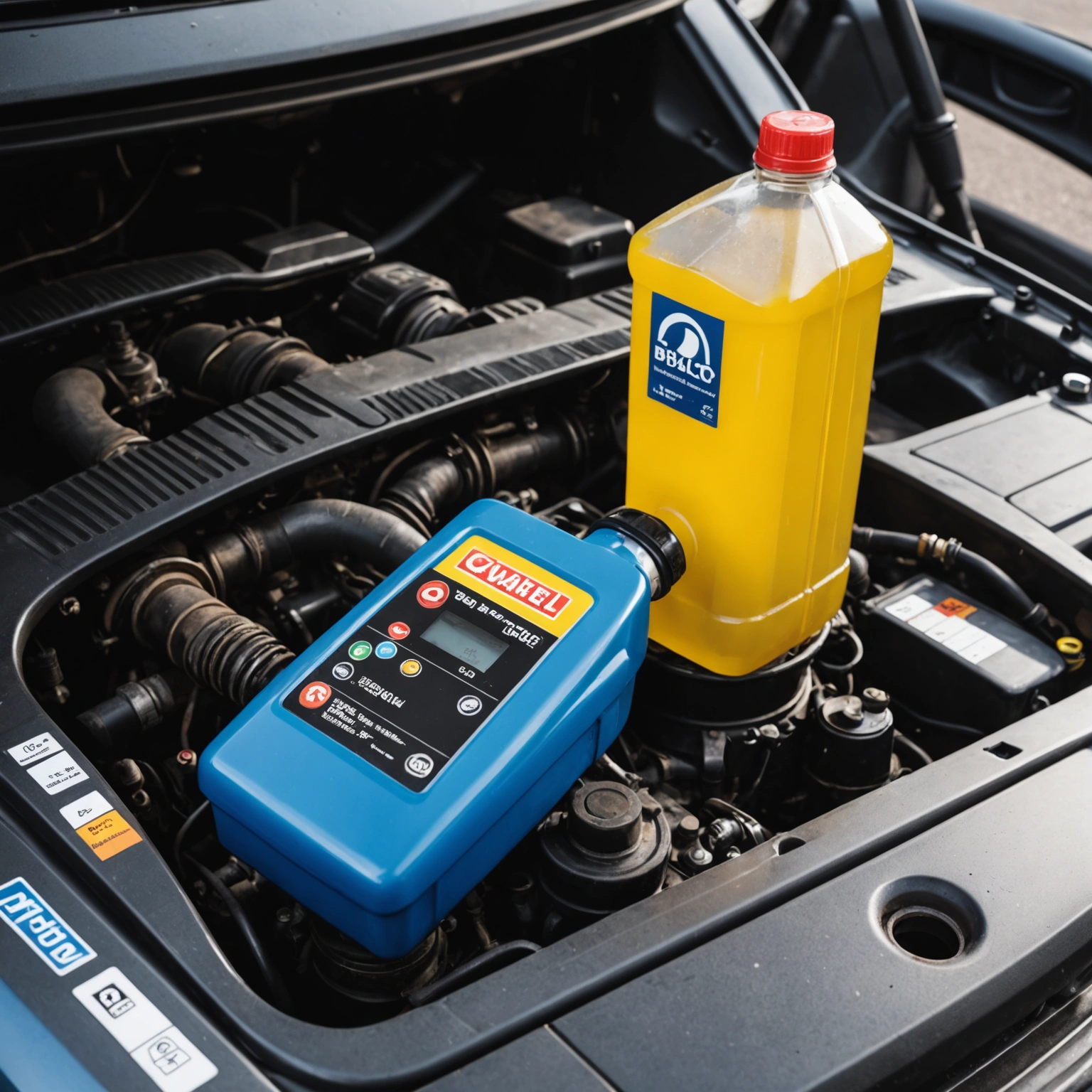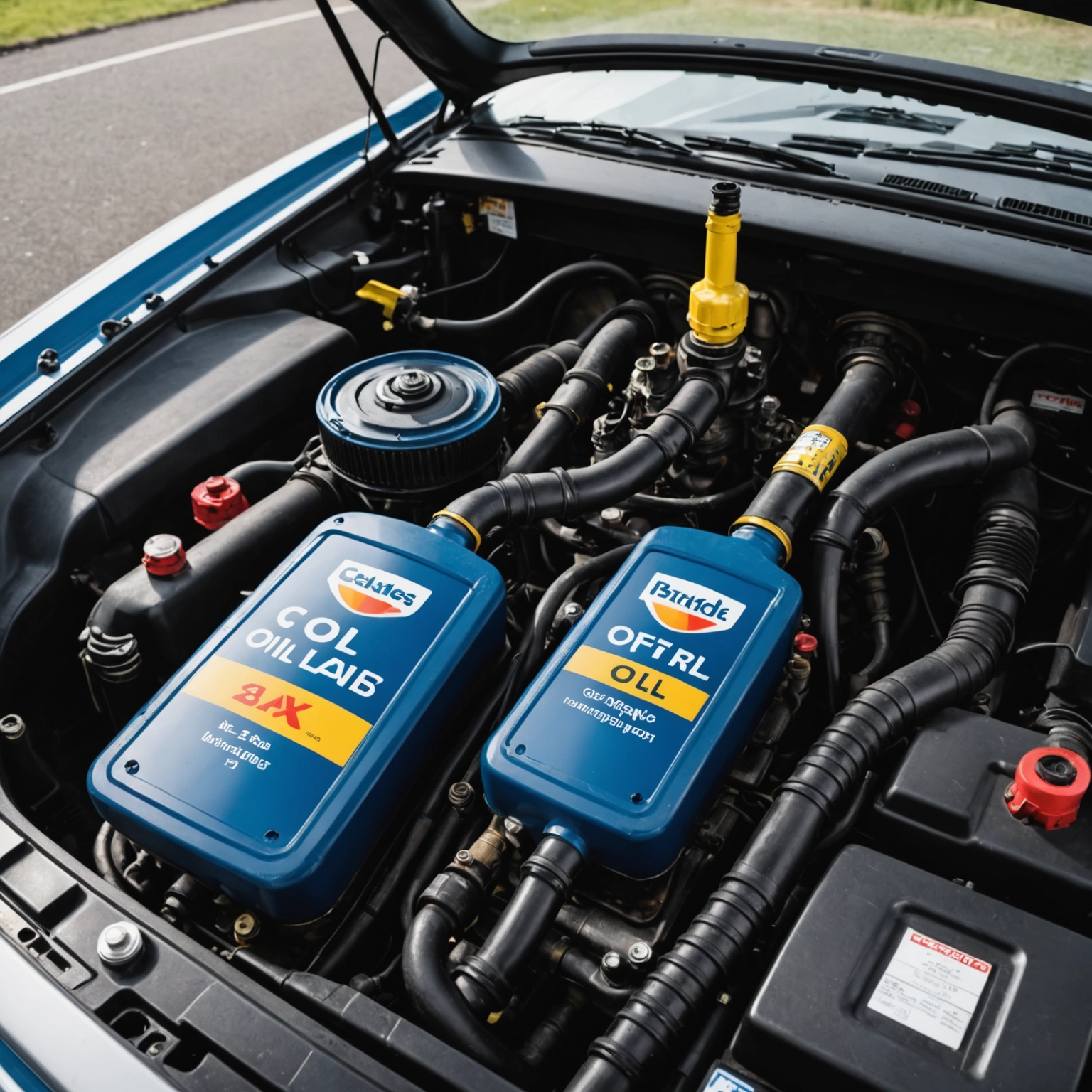**How Much Oil Does My Car Need? Understanding Oil Capacity in Litres**
Keeping your vehicle properly maintained is essential for its longevity and performance, and one key aspect of maintenance is ensuring the right amount of engine oil is in your car. But how do you know how much oil your car requires? The answer depends on your vehicle’s make, model, and engine type. In this post, we’ll guide you through understanding your car’s oil capacity and how to check and fill it correctly.

### Why Is Knowing Your Oil Capacity Important?
Overfilling or underfilling your engine oil can lead to serious problems:

– **Too little oil** can cause inadequate lubrication, leading to engine wear and potential damage.
– **Too much oil** can cause increased pressure, foaming, or leaks, which also harm engine components.

Therefore, knowing the correct oil capacity in litres is essential for maintaining optimal engine health.
### How to Find Out Your Car’s Oil Capacity

1. **Owner’s Manual:**
The most reliable source is your vehicle’s owner’s manual. Manufacturers specify the exact oil capacity for each model and engine type.
2. **Manufacturer’s Website or Dealer:**
If you’ve misplaced your manual, check the manufacturer’s website or contact a dealership for precise information.
3. **Online Databases and Forums:**
Many automotive websites and forums provide oil capacity details for popular models.
### Typical Oil Capacity Ranges
While exact quantities vary, here are some general guidelines:
| Vehicle Type | Approximate Oil Capacity (Litres) | Notes |
|—————-|————————————-|—————————————————-|
| Small cars (e.g., Honda Civic, Ford Fiesta) | 3.0 – 4.5 L | Usually for 4-cylinder engines |
| Mid-size cars (e.g., Toyota Camry, Honda Accord) | 4.5 – 5.5 L | More complex engines may require more oil |
| SUVs and crossovers | 5.0 – 7.5 L | Larger engines or turbocharged models |
| Trucks and heavy-duty vehicles | 6.0 – 12+ L | Varies significantly with engine size |
### Checking and Filling Your Oil
**Step-by-step process:**
1. **Park on a level surface** and turn off the engine. Allow the engine to cool for a few minutes.
2. **Open the hood** and locate the oil filler cap, usually marked with an oil can icon.
3. **Remove the dipstick** (usually a yellow or orange handle), wipe it clean, then reinsert and remove it again.
4. **Check the oil level** against the marked indicators (minimum and maximum).
5. **Add oil** gradually through the filler cap, using the correct oil type and viscosity specified for your vehicle.
6. **Add in small amounts,** checking the level frequently to avoid overfilling.
### Final Tips
– Always use the **recommended oil type** for your vehicle.
– Check your oil level **regularly**, especially before long trips.
– Change your oil and filter as per your manufacturer’s recommended schedule to keep your engine running smoothly.
### In Summary
The amount of oil your car needs in litres depends on the make, model, and engine size. Use your owner’s manual or trusted sources to find the exact figure. Typically, small cars require around 3-4.5 litres, while larger vehicles may need 6 litres or more. Always check the oil level with the dipstick after adding oil to ensure you don’t overfill. Proper oil maintenance keeps your engine healthy, efficient, and long-lasting.
**Happy driving and stay well-maintained!**

